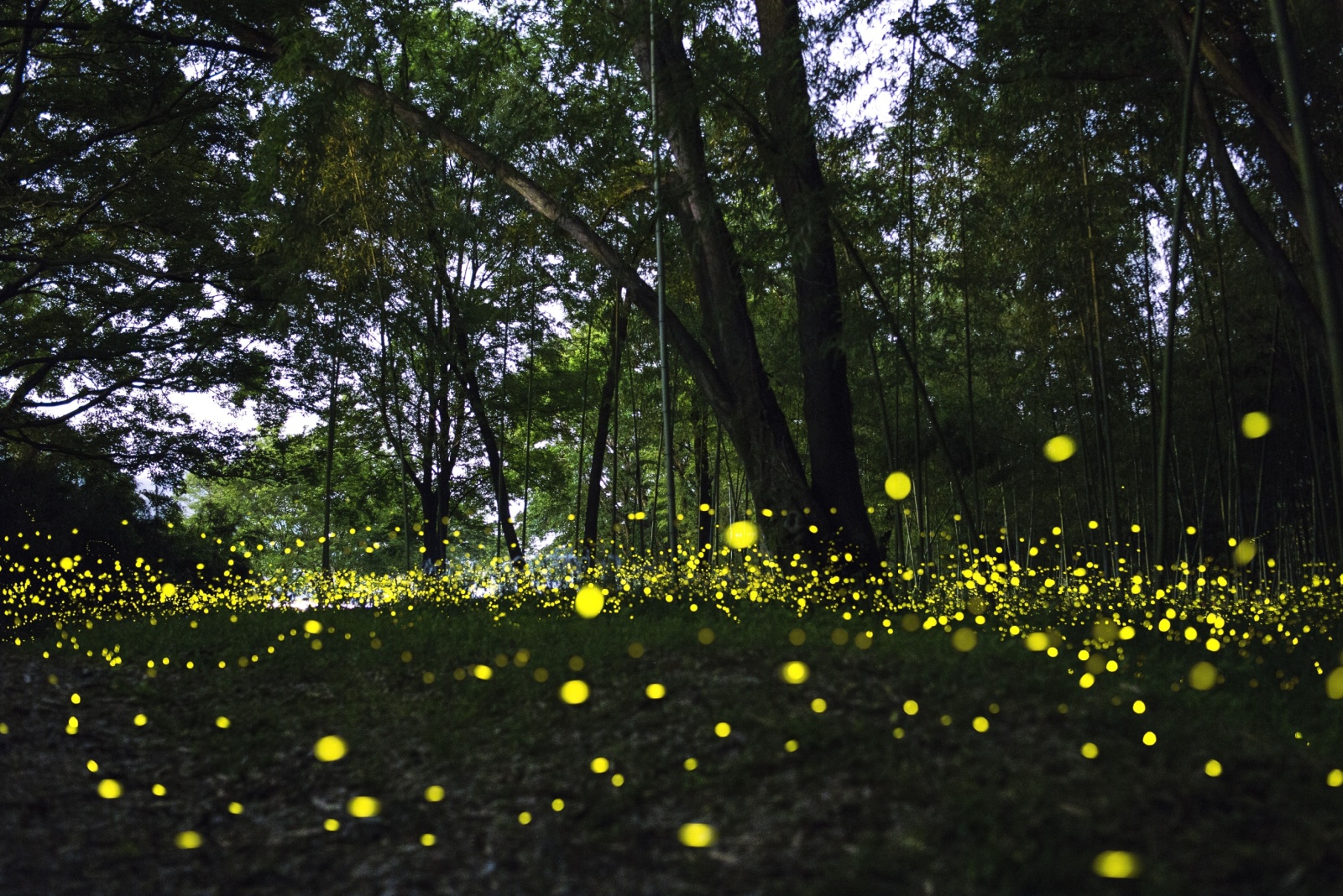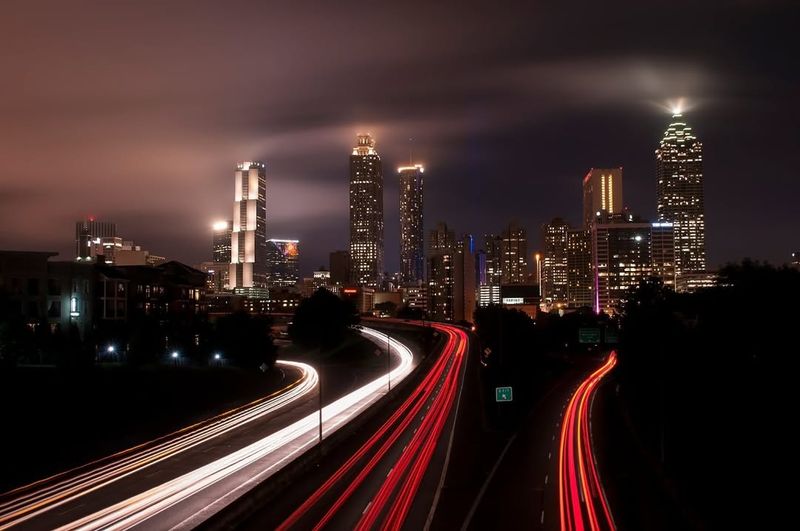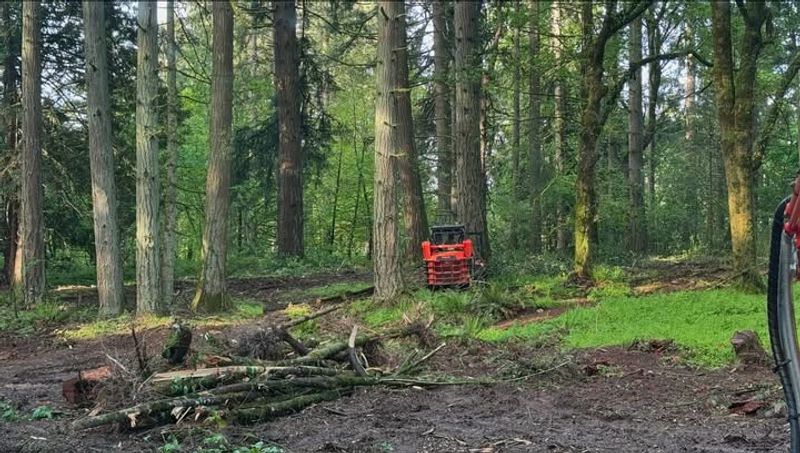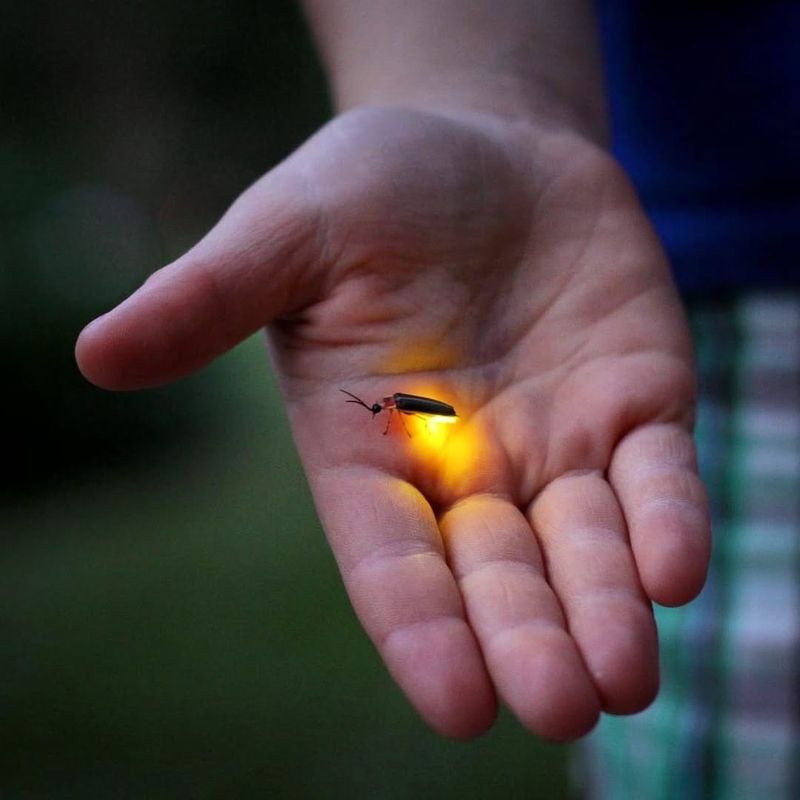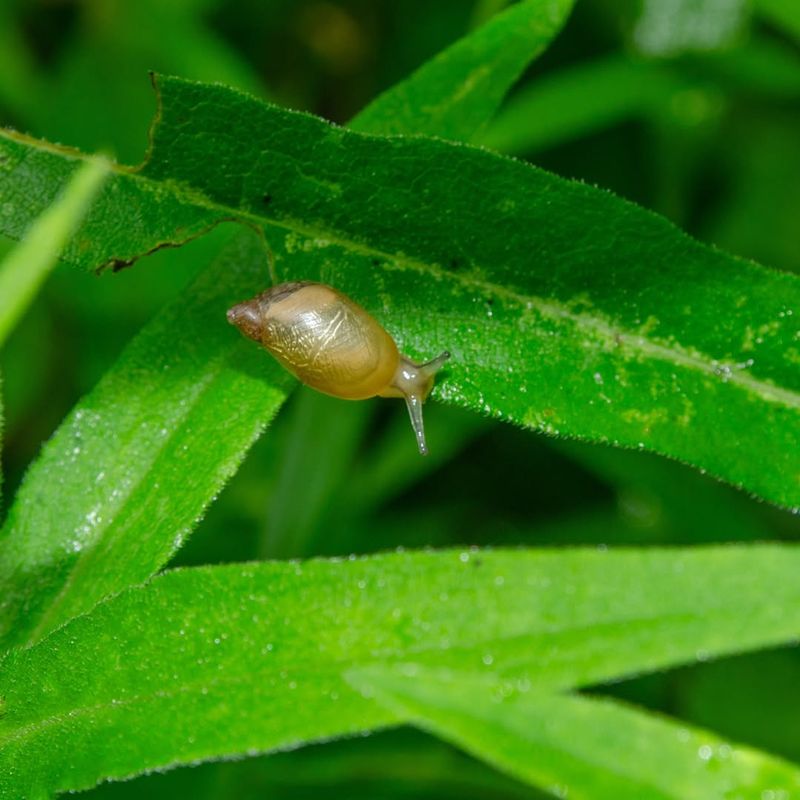On summer nights in Georgia, the soft glow of fireflies has long been part of the magic—tiny lanterns drifting through warm air like nature’s own fairy lights. But in recent years, those twinkling sparks have been fading fast, leaving backyards and fields strangely quiet once the sun goes down.
If you’ve noticed fewer flashes lighting up the dusk, you’re not imagining things. Several growing problems are causing fireflies to vanish from Georgia landscapes, and understanding what’s behind their disappearing act is the first step toward turning the tide.
1. Light Pollution From Cities And Suburbs
Artificial lighting from streetlamps, porch lights, and outdoor decorations creates a serious problem for fireflies trying to find mates. Male fireflies flash specific patterns to attract females, but when neighborhoods stay lit up all night, these signals get lost in the brightness.
Females can’t see the flashing messages, which means fewer fireflies reproduce each year. Even seemingly harmless landscape lighting disrupts their natural communication system, making it nearly impossible for them to continue their species in well-lit areas.
2. Pesticides And Lawn Chemicals
Many homeowners spray their yards with insecticides to control mosquitoes and other pests, but these chemicals don’t discriminate between good and bad bugs. Firefly larvae live in the soil and leaf litter for up to two years before becoming adults, making them vulnerable to lawn treatments.
When chemicals soak into the ground, they poison the young fireflies before they ever get a chance to glow. Even organic pesticides can harm these sensitive insects during their development stages.
3. Loss Of Natural Habitats
Georgia’s rapid development means forests, meadows, and wetlands are constantly being replaced by shopping centers, housing developments, and parking lots. Fireflies need specific environments with tall grass, rotting wood, and damp soil to survive and reproduce successfully.
When builders clear land, they destroy the homes of countless firefly larvae living underground. Without these wild spaces to complete their life cycle, local firefly populations simply vanish from neighborhoods that once had thriving communities of these glowing insects.
4. Over-Manicured Lawns And Yards
Perfectly trimmed grass and yards without any leaves, sticks, or wild areas might look neat, but they’re terrible for fireflies. Larvae need decomposing plant matter and moist leaf litter to hunt for the snails, slugs, and worms they eat during their growth period.
When homeowners rake away every fallen leaf and remove all deceased plant material, they eliminate the firefly nursery. Letting some areas of your yard grow a bit wild actually helps these beneficial insects thrive and multiply.
5. Climate Change And Drought Conditions
Firefly larvae require consistently moist soil to survive their development period, but Georgia has experienced increasingly severe droughts and unpredictable weather patterns in recent years. Extended dry spells destroy young fireflies before they mature into the glowing adults we recognize and love.
Rising temperatures also affect the timing of firefly emergence, potentially causing mismatches between when males and females appear. Without proper moisture levels and stable seasonal patterns, entire generations of fireflies can fail to survive childhood.
6. Water Pollution In Streams And Wetlands
Many firefly species lay their eggs near water sources, and their larvae develop in damp areas along streams, ponds, and wetlands. Unfortunately, runoff from roads, lawns, and farms carries fertilizers, oil, and other pollutants directly into these aquatic environments where fireflies begin their lives.
Contaminated water destroys firefly eggs and larvae or makes their food sources disappear entirely. Protecting Georgia’s waterways from pollution directly helps maintain healthy firefly populations throughout the state’s diverse ecosystems.
7. Decreasing Prey Populations
Firefly larvae are fierce predators that feast primarily on snails, slugs, and earthworms found in healthy soil ecosystems. However, the same pesticides, habitat destruction, and environmental changes that hurt fireflies also devastate their food sources, creating a double problem for these insects.
Without enough prey to eat during their lengthy larval stage, young fireflies starve before reaching adulthood. Maintaining diverse, chemical-free gardens with plenty of decomposing organic matter supports the entire food web that fireflies depend on for survival.

